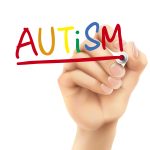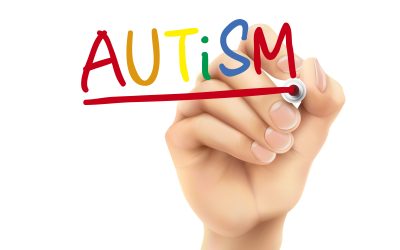Pediatric CPR in NJ and in every other state in the United States can include young children and infants and the cardiopulmonary resuscitation options are different for these young children than for adults for many reasons. It is important to understand these reasons and ensure you give the proper CPR to children.
Adults
Most adults need CPR or AED because they have gone into cardiac arrest due to a heart attack. However, some adults do become unconscious for other reasons. If no AED is available, an adult can sometimes maintain with the use of CPR, keeping the heart pumping and providing oxygen to the brain.
The way to provide CPR is also different for adults than for children. Because adults are bigger, you generally can’t cover their mouth and nose completely, so you must pinch the nose shut. Chest compressions are also different, because adults need more force to pump the air from the lungs. In many cases, the ribs are broken when these compressions are done, as the force required is enough to crack or break bones. However, that force is necessary. The number of compressions before breaths is also different.
Pediatric CPR
The biggest reason children need CPR is because of a respiratory issue. They may not be able to breathe due to being allergic to something and not be able to pull in enough breath to keep oxygen to their brain, causing them to pass out. These children are in need of oxygen, not shocking their heart.
In many cases, the child or infant can easily choke on small items on the floor or within their reach. These items can include a peanut or other nut, marbles or small balls. When a child tries to swallow these items, they get lodged in the throat, blocking their airway.
When giving chest compressions on a baby or child, you will generally do 30 compressions with two fingers and then give two breaths. In many cases, you are able to place your entire mouth over the mouth and nose of the child, though you may pinch their nose shut if it is easier.
If you are able to see an obstruction, try to get it out. In the past, it was recommended to reach in with your finger and try to loosen the object, but now it is believed to cause it to get stuck deeper. Instead, try to pat the baby or child on the back and try to loosen the object. Check our Calendar for upcoming Pediatric CPR in NJ & First Aid Training Classes and Babysitting Safety Classes.







